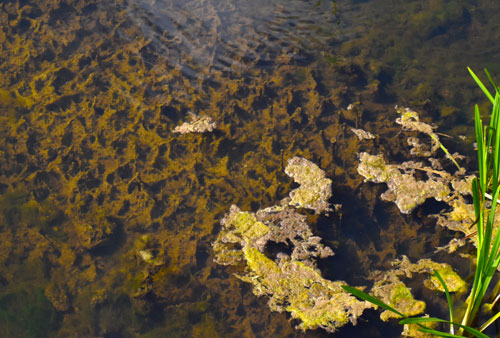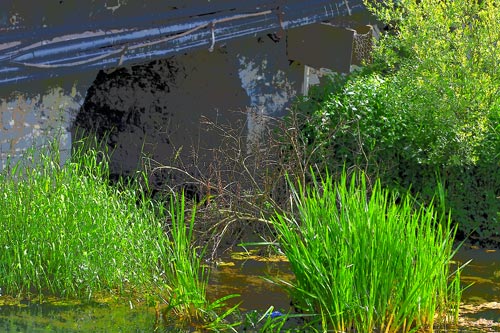There are no signs yet of an improvement in water quality and more action is needed, says Environmental Protection Agency (EPA)
- There has been no significant change in any of the water quality indicators for Ireland’s rivers, lakes, estuaries and groundwaters in 2023 and no sign of improvement overall.
- While improvements are happening in some rivers and lakes, these are being offset by declines elsewhere.
- The biggest issue impacting water quality is nutrient pollution from agriculture and wastewater.
- Average nitrate levels in rivers, groundwater, estuaries and coastal waters are largely unchanged and remain too high in the east, southeast and south.
- Average phosphorus levels in rivers and lakes are also largely unchanged and remain too high in over one quarter (27%) of rivers and one third (35%) of lakes.
Environmental Protection Agency (EPA) has today published Water Quality in 2023: An Indicators Report. The report provides an update of the key indicators of the quality of Ireland’s rivers, lakes, estuaries, coastal and groundwaters using monitoring data collected in 2023.
Overall, the report shows that there has been no significant change in water quality. Water quality in Ireland is not improving and nutrient levels remain too high in a large proportion of water bodies. The biological health of our rivers and our lakes have shown small net declines. While some improvements are being made, these are being offset by declines elsewhere.

Pic: G. Willoughby.
Commenting on the report, Dr Eimear Cotter, Director of the EPA’s Office of Evidence and Assessment, said: “It is disappointing to report that our water quality is not improving. While there are initiatives happening nationally, measures to address water quality are not being implemented at the scale or pace required. The quality of our water bodies will not improve until nutrient levels are reduced in areas where they are elevated. It is essential that there is full compliance with the Good Agricultural Practice Regulations and that actions to reduce losses of nutrients from agriculture are targeted to where they are needed. We also need to see an acceleration in the pace at which Uisce Éireann is delivering improvements in wastewater infrastructure.”

Pic: G. Willoughby.
Nitrogen pollution remains a significant issue in the east, southeast and south of the country. 42% of river sites, 17% of estuarine and coastal waters and 20% of groundwater sites all have nitrogen levels that are unsatisfactory. This is primarily attributable to intensive agricultural activities on freely draining soils in these areas.
Phosphate levels can fluctuate annually but overall there has been no significant change over recent years. Some 27% of river sites and 35% of lakes (particularly in the north and northeast) have elevated phosphorus levels. Phosphorus entering our waters is largely associated with poorly treated wastewater and run-off from agricultural lands with poorly draining soils.

Pic: G. Willoughby.
Ms Mary Gurrie, EPA Programme Manager, added: “The report shows that more action is needed to achieve our legally binding water quality objectives. It is imperative that the next River Basin Management Plan, which is now over two years late, is published without further delay. Associated with this, there needs to be a significant improvement in the tracking and reporting of measures, to identify what is and isn’t working so that actions can be adapted or enhanced where needed to deliver water quality improvements.”
Readers Please Note:
Nitrate: Nitrate is a form of nitrogen which is a nutrient and essential for plant growth. Too much nitrogen in a water body can lead to the over-growth of plants and algae that outcompete and displace other flora and fauna. This excessive growth can also cause oxygen depletion and damage the ecology of our water bodies. Our estuaries and coastal waters are particularly sensitive to high nitrogen concentrations. The main source of excess nitrate in the environment is agriculture, with wastewater also contributing. Nitrate concentrations above the Drinking Water Standard can pose a risk to human health, particularly for young children.
Phosphorus: Phosphorus is a nutrient which is essential for plant growth. As with nitrogen, too much phosphorus in a water body can lead to the over-growth of plants and algae which disturb the ecosystem. Excess phosphorus is a particular concern for the ecological health of rivers and lakes. The main sources of excess phosphorus in the environment are agriculture and wastewater as shown in pictures featured above.
Water Quality in 2023: An Indicators Report is now available on the EPA website, HERE.
Further information on water quality is available on External link HERE.

Leave a Reply